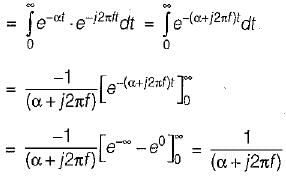Test: Fourier Analysis of Signals, Energy & Power Signals - Electronics and Communication Engineering (ECE) MCQ
10 Questions MCQ Test - Test: Fourier Analysis of Signals, Energy & Power Signals
The signals x1(t) and x2(t) are given by

If the periods of x1(t) and x2(t) be T1 and T2 respectively, then T1/T2 is equal to

If the periods of x1(t) and x2(t) be T1 and T2 respectively, then T1/T2 is equal to
The Fourier transform of a unit step function is
Assertion (A): A frequency domain representation of a signal shows the frequency content and indicates the shape of the waveform or the combined amplitude of all the input components at any specific time.
Reason (R): In frequency domain, a signal is represented by its frequency spectrum.
Reason (R): In frequency domain, a signal is represented by its frequency spectrum.
Which of the following option is not correct for obtaining the Fourier transform of a signal x(f)7
Match List-I (Operations on x(t)) with List-ll (X(ω)/Fourier transform) and select the correct answer using the codes given below the lists:

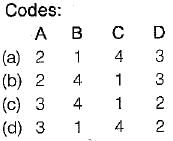
Assertion (A): The Parseval’s theorem implies superposition of the average powers.
Reason (R): The interpretation of the Parseval’s theorem is that the total average power of the signal x(t) can be found by squaring and adding the heights of the amplitude lines in the spectrum of the periodic signal x(t).
Fourier series analysis is a tool used to
1. analyse any periodic and non-periodic signal.
2. find how many frequency components are present in the signal.
3. find the relative phase difference between various frequency components.
4. represents a waveform in the form of sum of infinite number of exponential terms.
5. find the amplitude of various terms in the series.
Which of the statements given above are correct?
The power spectral density of a power signal x(t) is shown in figure below.
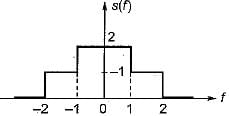
The average power of the signal is
The energy of a causal exponential pulse shown in figure is
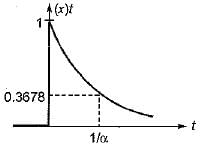
The Fourier transform of the decaying exponential pulse shown in figure is
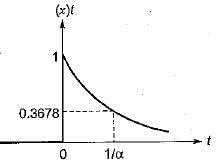









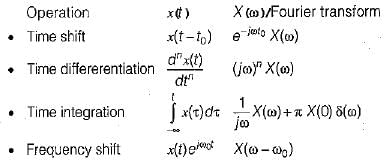



 (Time constant,
(Time constant, 

